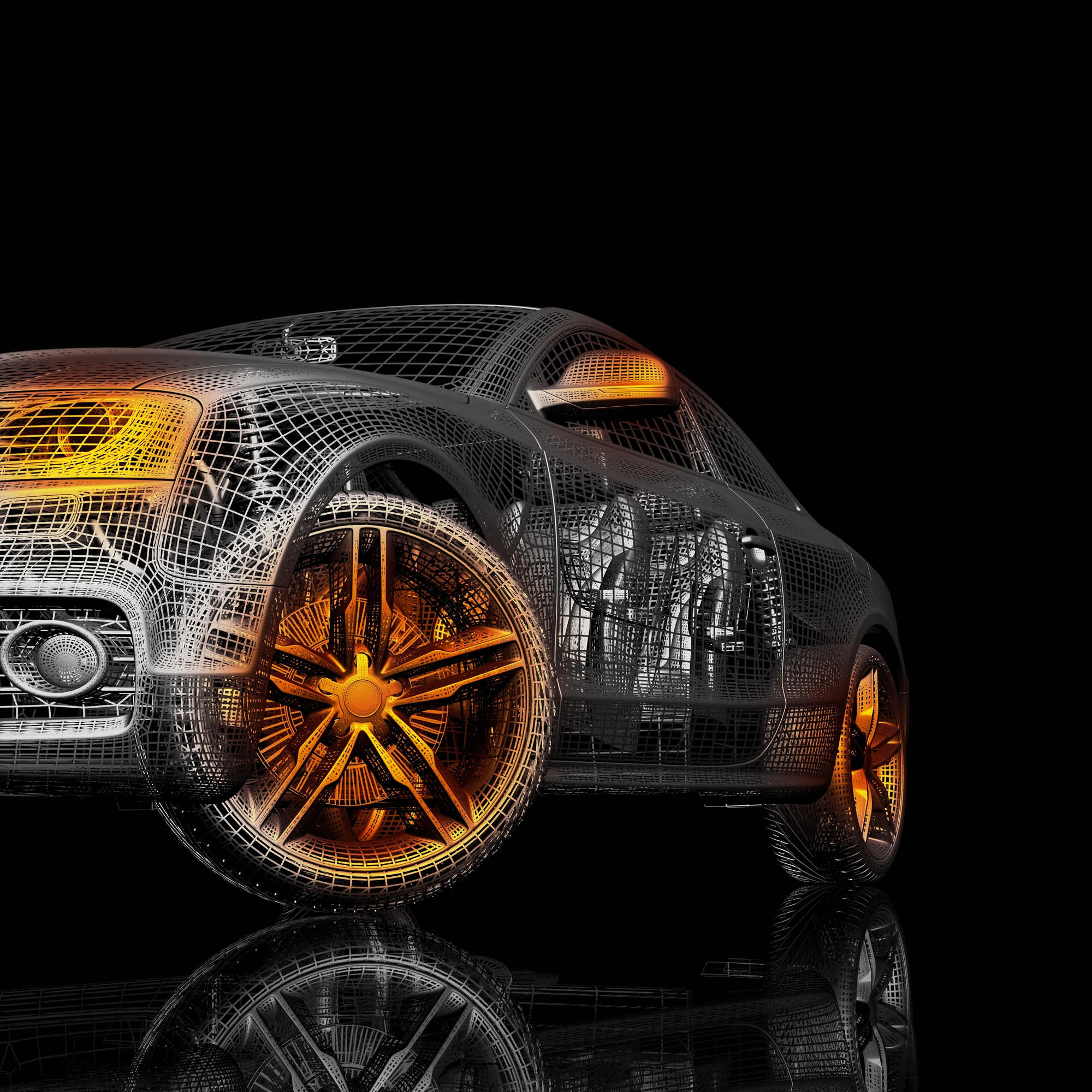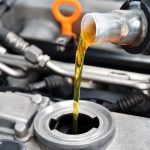Even in the automated world of automobile manufacturing, accidents happen. We see this across a spectrum of recalls, glitches, and common faults. Most of these problems can and are ironed out during testing. Besides quirks in design, though, failures can occur on a minute scale. Since every component is manufactured, there’s always a chance for fractures, punctures, and tiny irregularities. The quality check process in the automotive industry is an essential but rarely noticed aspect.
Video Overview
Quality Check Processes: Why Quality Checks Matters
We live in a reality that increasingly separates us from building and creating by hand. Convenience in manufacturing has led to efficient production that’s able to meet consumer demands. Much of automobile construction is highly automated. Often, workers engaged with construction primarily assist in moving vehicles and components to staging areas where machines do the welding, riveting, and sealing in a controlled and precise manner.
However, humans are still very essential to the construction process! Besides guiding and operating machines, inspectors walk through every aspect of a vehicle and run through checks. Much of these are oriented toward ensuring all components are free from preventable errors.
Internal Component Inspection
Often, this is done using a type of borescope, usually either a rigid variety, which can be inserted down a straight pipe or path, or a flexible cord borescope, which can bend into virtually any shape of the path. Using this technology, inspectors can investigate every nook and cranny of a car, including the interior of cast components. The latter is especially important, as casting is not always a perfect process.
Temperature shifts during the pouring and cooling process can cause tiny but dangerous hair-line fractures that are difficult to see with the naked eye. The highly focused tiny eye of the camera lens brings engineers much closer to a part, enabling them to detect these flaws. The same logic is applied long after a car has been sold. Auto mechanics also deploy borescopes when diagnosing hard-to-spot problems in inaccessible spots, such as deep in the block or inside the cylinders.
External Visual Inspection in the Quality Check Processes
The next step in the quality check process in the automotive industry focuses on the car as it comes together. Since the assembled sections of vehicles and engines have been internally inspected, the next step is performed with organic hands and eyes. Gradually, the machine is built into larger sections that are handled and looked at by engineers to ensure everything works as intended. Everything that the end-user will repeatedly interact with must be as close to perfect as possible to avoid premature wear and, of course, avoidable hazards.
Once checked, every part is signed off on by the mechanic performing the check. Often, there is also a sign on various parts that confirm they have been checked. Typically, this is a tiny sticker marked with a date, initials, or similar marking.















